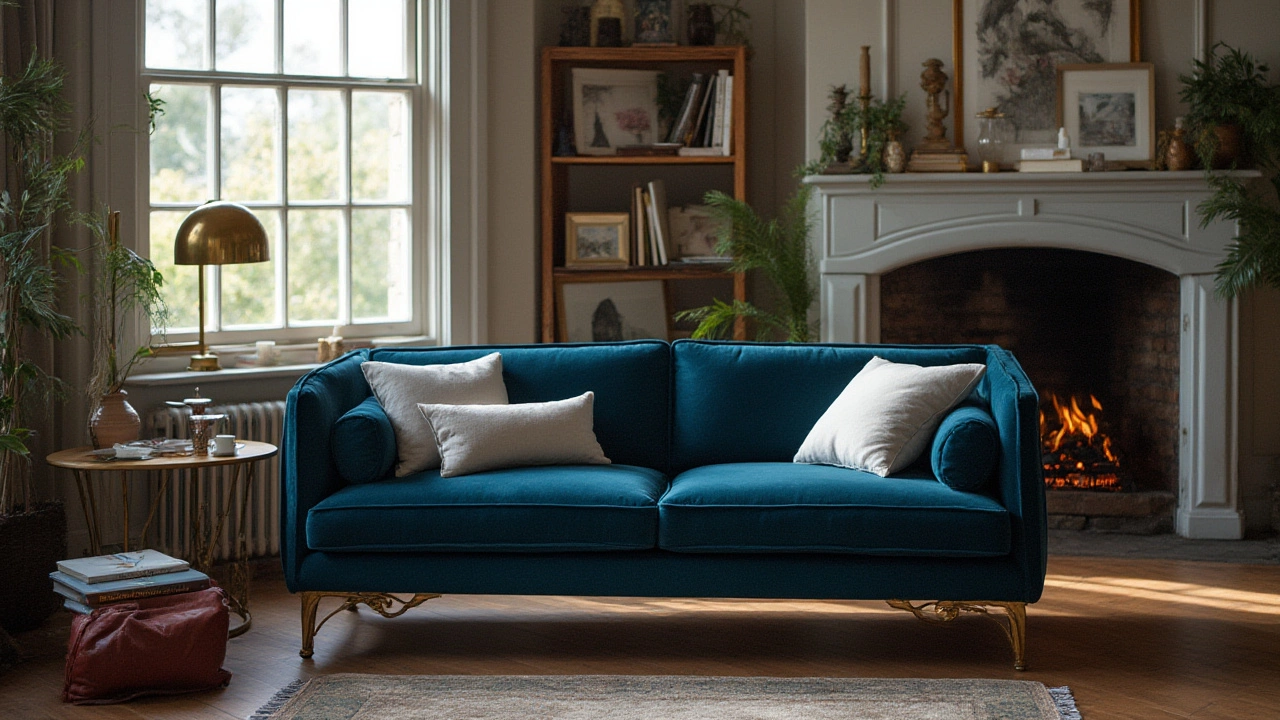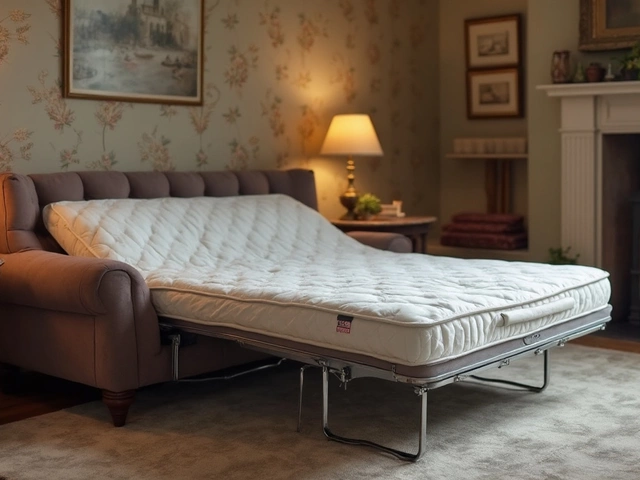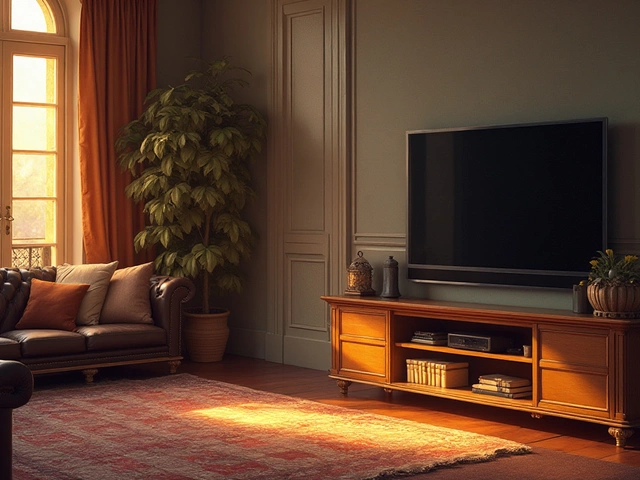Furniture Value: How to Keep Your Pieces Worth More
If you’ve ever wondered why some furniture holds its price while other pieces drop fast, you’re not alone. The good news is you can control a lot of it. Simple choices in material, placement, and care can make a big difference in resale value and how long your items last.
First, think about the wood. Hardwoods like oak, walnut or teak resist dents and warping better than soft pine. They also look better as they age, which buyers love. If you’re shopping for a new piece, ask the maker about the wood species and finish – a high‑quality clear coat adds protection and appeal.
Smart Storage and Protection
Where you store furniture matters more than you might think. Extreme temperature swings or excess humidity cause wood to expand, contract, and eventually crack. If you need to keep a table in a garage or storage unit, choose a climate‑controlled space or wrap the item in breathable covers. Avoid plastic sheets that trap moisture.
Upholstered pieces need extra attention. Fabric can absorb moisture and invite mold, especially in damp basements. Use dehumidifiers, keep cushions off the floor, and rotate cushions every few months so the wear stays even.
Maintenance Habits That Pay Off
Regular upkeep is cheap but adds big value. For wood, wipe with a soft cloth and a tiny dab of oil or wax every few months. For metal frames, check for rust and touch up with primer and paint. Tighten loose screws on legs or drawer slides before they become wobbly – a sturdy piece feels more expensive.
When it comes to cleaning, avoid harsh chemicals. A mix of mild dish soap and water works for most surfaces. Test any cleaner on a hidden spot first; you don’t want to strip a finish or fade fabric.
Finally, consider how you use the furniture. A sofa that bears daily foot traffic will need a protective slipcover. A coffee table placed near a heater will dry out and crack. Position items away from direct heat, sunlight, and heavy foot traffic when possible.By paying attention to these details – choosing solid materials, storing wisely, and maintaining regularly – you’ll keep your furniture’s value high. Not only will you enjoy pieces that look great for years, but you’ll also be ready to get a good price if you decide to sell or trade them later.



